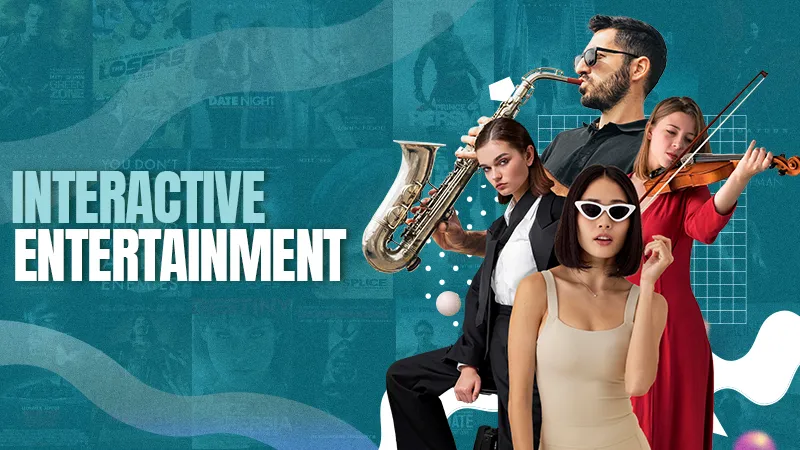Is Citizens Band Radio Still Used?
The Citizens Band Radio, or CB radio, may feel like an old relic to the days when Burt Reynolds was the hottest property in the world of movies and cellphones were a pipe dream. However, is that really the case? With sales of CB radios continuing at a steady pace and truck driving still an important profession and industry not just in the US but throughout the world, the answer to the question raised in the title of this post would be yes, CB radios are still used.
Why? To understand the enduring appeal of CB radios and why they are still a vital form of communication for many different areas of society and groups of people, we’ll first look at a brief history of the technology and radio equipment, its various uses over the years and why it’s still popular.
Brief History of CB Radio Service
The Citizens Band radio service was first set up by the FCC or Federal Communications Commission in 1945 as a private short-distance, two-way voice communication for both business and personal activities. Although the frequencies that the FCC set aside for use by the CB service were much harder to reach for casual users during the ’40s, the CB added by 1958 that frequencies around the 27MHz and 23 channels could be used for CB, which was further expanded at a later date to 40 channels, which it has remained.
In terms of the channels, there is one channel that has been reserved in the same way that 911 is used for emergencies on landline and mobile telephones. Channel 9 is legally the only option CB owners have for calling for traveler assistance or emergency services.
CB Licenses
In the past, it was required that you have an FCC license to use a CB, regardless of your profession or reason for using one. However, that only remained in force until 1982. The new rules state that if you have a CB radio system that is approved by the FCC, you don’t need a license.
The popularity of CB Radios Through the Years
Although they have been popular among select people since their inception, there have been noted booms in their popularity at various times in the up and down history of CB radios. For example, they became incredibly popular during the late to mid-70s. This popularity growth was the result of better equipment that was affordable and exposure to CB radios by the mainstream via pop culture in television shows, movies, and songs.
For example, in 1975 the film White Line Fever was released, and the following year at the top of the Billboard Chart was Convoy. The song was a humorous tale of a convoy of numerous truck drivers who were trying to evade the various toll booths and speed traps along their path across America.
Even later, 1977 saw the release of Smokey and the Bandit, which featured CB radios extensively used by Burt Reynolds and his co-stars and it became the third biggest earning film of that year, just behind Close Encounters of the Third Kind and Star Wars.
At that time, CBs were extensively used and not just by truck drivers, motorhome enthusiasts, and just those who wanted to tap into what was happening in the byways and highways of America.
The downturn in CB Radio Popularity

The popularity of CBs remained intact until advances in recommunication in the form of cellphones which offered a lot of advantages you didn’t get with the CB radio service.
For example, you could talk more or less effortlessly and seamlessly with people coast to coast with cellphones, whereas with CB radios the range was very limited. There was also the fact that with cellphones you could have private conversations, compared to CB radio conversations that anyone could listen to as long as they were within the correct range and were tuned into the correct channel and frequency.
There is also the fact that as cellphones improved and app technology improved, you can get weather and traffic updates through your phone. Even Satnav type systems used radar detection to locate and identify areas where law enforcement was using radar speed tracking tech. However, this did not stop CBs from being obsolete.
This leads us to the question raised at the outset. Yes, CB radios are still used, but by who?
Who is Making Use of CB Radios Nowadays?
Nowadays, CB radios are still used primarily by truckers, as they have always been. However, more motorcyclists, other types of hobbyists, RV owners, and off-roaders use them too. They are often used by small groups that want to remain organized and in close contact while events are taking place, especially if they are over a wide area.
Trail rides, in particular, require the use of CB radios. Cellphone reception is often unavailable and even if it is, unreliable in the more remote areas of trails. Many people still use them to track many handy things, such as locations where police speed traps are. If that is something you are interested in, then pick your CB radio and police scanner combo for that very reason and discover the fun and handy world of Citizens band radios.
Some of the main reasons why CB radios are used by the average driver include the following:
- Help with finding alternative routes during traffic jams
- Warn of any blockages in the road ahead of them
- Provide local, real-time reports on weather and any warnings of severe weather.
- Traffic law enforcement activity information
- Traveler assistance, such as medical emergencies and mechanical breakdowns
- Conversation and noise to keep long-haul truck drivers stay alert and awake
Why They Are Still Used Instead of Cellphones
One of the enduring qualities and benefits of CB radios which is why they are still used even though cellphone technology and reception have steadily improved over the years is because CB radios can deliver more localized and current news and updates. Tuning your CB radio with an SWR meter can also even improve the performance even further.
If you want to find out what the roads are like in your local area, your cellphone may not be able to give you the most current information. Whereas someone on the other end of a CB radio signal, will, especially if they are driving at the time.
Follow Us
Latest Post















